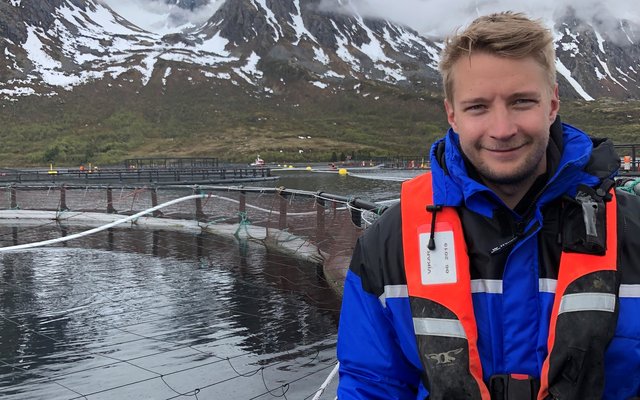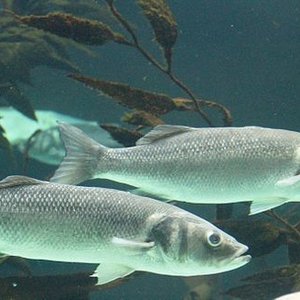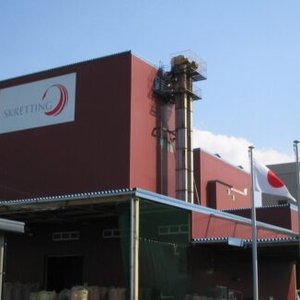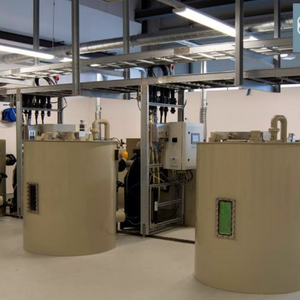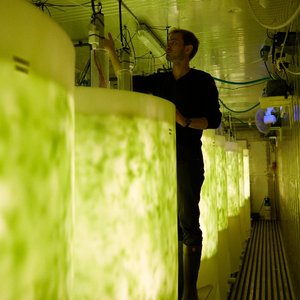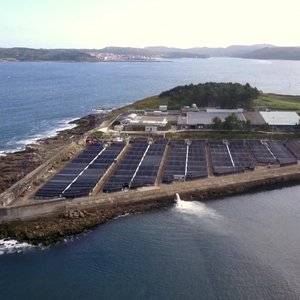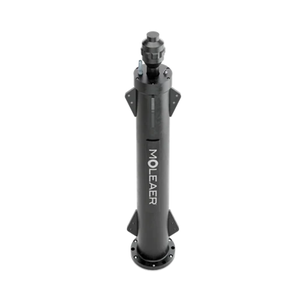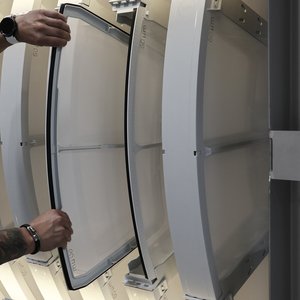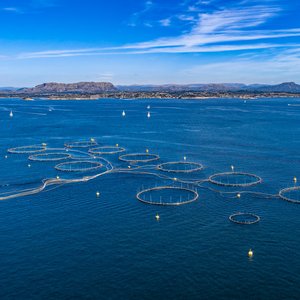Early maturation in male salmon is a significant problem in the aquaculture industry because a farmed salmon in salinized water that matures starts adapting to freshwater in rivers. When the salmon must remain in seawater, it negatively impacts the fish's welfare, and it can eventually die. Additionally, maturing salmon stop eating which negatively affects growth performance. At slaughter, the pale fillet color and green/brown color of mature salmon pose significant quality challenges.
Traditionally, the aquaculture industry has somewhat adapted to the natural life cycle of salmon, where the fish are kept in freshwater tanks on land until they are ready to be transferred to the sea. Recently, however, land-based production has been extended to shorten the production time in open sea cages. This is done to avoid exposure to seaborne pathogens and sea lice infestation. But the main question is: how do you create the ideal environment on land for a fish that is ready for sea transfer?
Results reflected the salmon's natural life cycle
Vetle Skjold, scientist at Nofima, recently defended his doctoral thesis at the Norwegian University of Life Sciences (NMBU), that investigated how exposure to different light regimes affected salmon growth and maturation during the production of large salmon smolt in land-based aquaculture facilities. They examined how the salmon responded to continuous light, increasing day length simulating spring, and decreasing day length simulating autumn. The fish involved in the experiment were initially smoltified and then placed in tanks on land in brackish water at Nofima's research station at Sunndalsøra. Brackish water has a salinity between freshwater and seawater, and it can be a favorable environment for salmon that are ready for seawater transfer. During the experiment in brackish water, salmon grew from 100 to 1,000 grams. After which they were transferred to seawater tanks, and kept there until they had reached a body weight of 2.5 kg.
The results showed that exposure to spring light resulted in a high proportion of maturation, continuous light resulted in medium-high maturation, while autumn light resulted in minimal maturation.
"This aligns well with the salmon's natural reproductive strategy," said Skjold. "In spring, maturation is initiated, while autumn is a period for either spawning or building energy reserves to prepare for spawning the following year. Continuous light, on the other hand, seems to facilitate early maturation after smoltification, although the exposure does not involve changes in light signals to the fish."
Testicular growth with energy-dense feed
The scientists also investigated whether the dietary composition of the feed could influence maturation rates. They tested two diets with different levels of protein and fat.
"We found that by feeding salmon a high protein and low fat diet, containing lower energy the testicular growth was reduced. Additionally, these fish stored less excess fat," explained Skjold.
The scientists also found that by lowering the dietary fat inclusion, salmon compensated by building up short saturated fatty acids to meet the need for fat.
Skjold and colleagues also examined gene expression in testicles, pituitary gland, and adipose tissue in male salmon. They discovered significant changes in the activity of genes that regulate puberty processes in the testicles and pituitary gland when comparing mature and immature fish. Additionally, they identified several unclassified genes that may play an important role in maturation. These findings provide scientists with a deeper understanding of how maturation is regulated in salmon, which can be valuable for future research.
The findings from the doctorate also confirm previous findings on smaller smolt.
"These feed and light regimes may also be relevant for post-smolt production in facilities using recirculating aquaculture systems (RAS), even though the first part of the experiment was conducted using flow-through system. We maintained a relatively high temperature, comparable to typical RAS conditions," said Jens-Erik Dessen, one of Skjold's supervisors.
Advice for the aquaculture industry
Skjold has advice for producers who want to extend the production phase on land. "You could test a form of decreasing day length or reduced day length after smoltification of the fish, instead of continuous light, especially if you have challenges with maturation or poor growth. It also seems that leaner diets may be used as a tool to reduce testicular growth and excess fat storage. However, this must be weighed against potential negative effects, such as increased feed conversion ratio and nitrogen emissions."
References:
Skjold V, Afanasyev S, Burgerhout E, Sveen L, Rørvik K-A, Mota VFCN, Dessen J-E, Krasnov A. Endocrine and Transcriptome Changes Associated with Testicular Growth and Differentiation in Atlantic Salmon (Salmo salar L.). Current Issues in Molecular Biology. 2024; 46(6):5337-5351. https://doi.org/10.3390/cimb46060319
Skjold V, Afanasyev S, Burgerhout E, Sveen L, Rørvik K-A, Mota VFCN, Dessen J-E, Krasnov A. Endocrine and Transcriptome Changes Associated with Testicular Growth and Differentiation in Atlantic Salmon (Salmo salar L.). Current Issues in Molecular Biology. 2024; 46(6):5337-5351. https://doi.org/10.3390/cimb46060319


